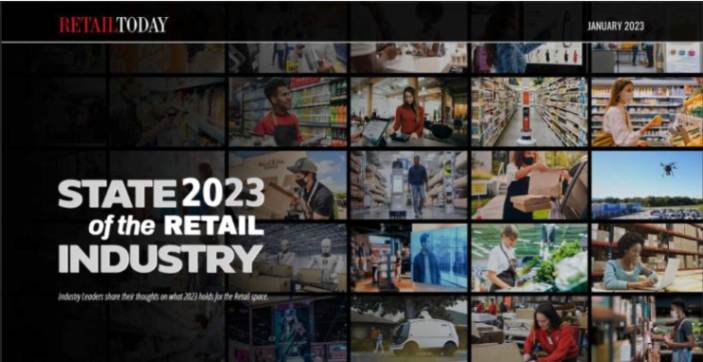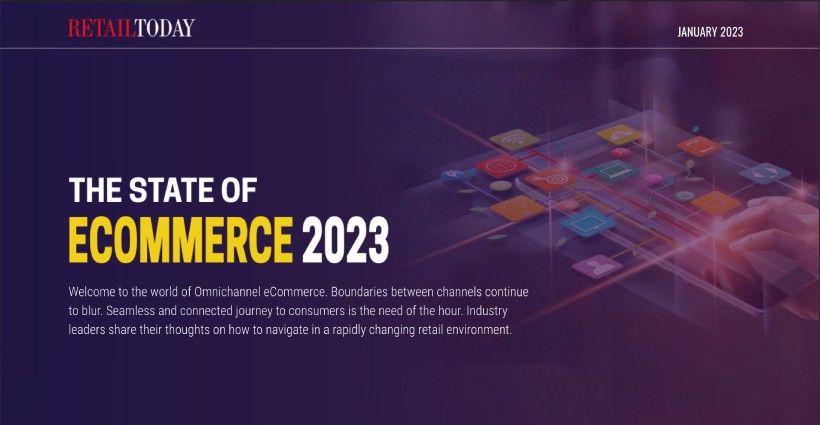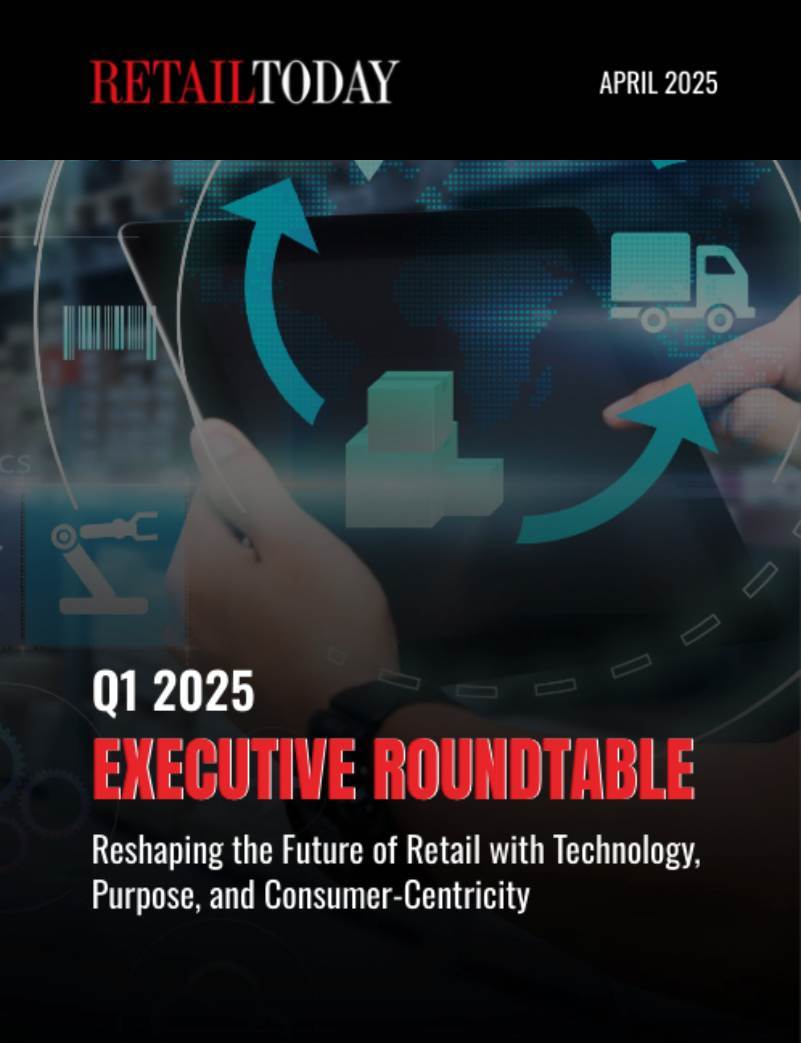
Online retailers are increasingly looking to diversify their carriers and reduce their dependence on traditional carriers who report worsening on-time delivery (OTD) rates or increased service cuts, rates, and surcharges monthly. This need for carrier diversification leaves new regional and urban last-mile delivery providers peeling off volume and market share from the big national carriers.
The Wall Street Journal recently reported “a growing reluctance among merchants to rely on a single carrier.” Factors motivating shippers to migrate to multi-carrier strategies include rising rates and surcharges at UPS and FedEx, lingering fears of capacity issues, and the potential industry disruption that might result from current labor issues at UPS. Analysts are watching this trend, and Deloitte recently suggested layering regional and crowd-sourced options onto traditional shipping methods to “promote growth and service performance.”
For most clients, a multi-carrier strategy is the new normal. This is a wise approach, similar to the strategy of diversifying your personal investment portfolio. Most shippers want to maintain their relationships with national carriers, especially with customers in places like Missoula, Montana, or Omaha, Nebraska. FedEx, UPS, or USPS are the best shipping options for those areas. In large, densely-populated urban areas, merchants can often expedite deliveries, improve service levels, and reduce delivery costs by moving parcel volumes to regional carriers.
A multi-carrier strategy can create added complexity for shippers in providing shipping options to their end customers and determining which package goes to which carrier. However, most leading shipping software platforms can be configured to manage that decision-making process. Another alternative for many retailers is to partner with a growing number of 3PLs who recognize the benefits of a diversified carrier strategy and directly provide optimized carrier selections to merchants. For retailers who can support it, 3PLs can offer the added advantage of positioning high-volume inventory closer to consumers in large urban markets, increasing delivery speed by 1-2 days while reducing overall delivery costs and carbon footprint.
Regional carriers often bring new technology to the table, providing improved convenience to retailers and their customers through features like branded messaging, real-time tracking, white-labeled tracking sites, the ability to update delivery instructions in real time, and optimized delivery windows. This creates a delivery experience that differentiates merchants from their competitors.
Brands can’t provide delivery across the U.S. in today’s world without using one of the national carriers, but that doesn’t mean they have to give UPS or FedEx all of their business. As consumer demands for an Amazon-like delivery experience grow, delivery speed, personalized service, and cost will increasingly become market differentiators for online sellers. In this environment, strategically moving volume from traditional carriers to regional carriers can help to optimize service levels and cost at a more granular level and create a competitive advantage.
Adam Bryant is the CEO of AxleHire, a company that provides flexible and sustainable warehouse-to-doorstep logistics solutions. Adam brings a clear vision of how last-mile logistics can be transformed by technology and a proven track record of scaling operations and accelerating the benefits of cutting-edge technology. Adam received an MBA in Management from Harvard Business School to complement BS and MS degrees in Mechanical Engineering from Worster Polytechnic Institute and Northeastern University.






